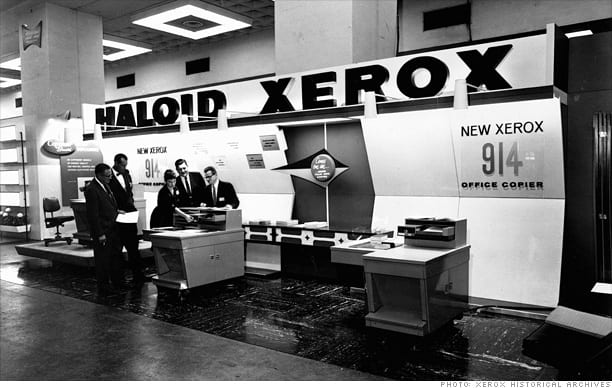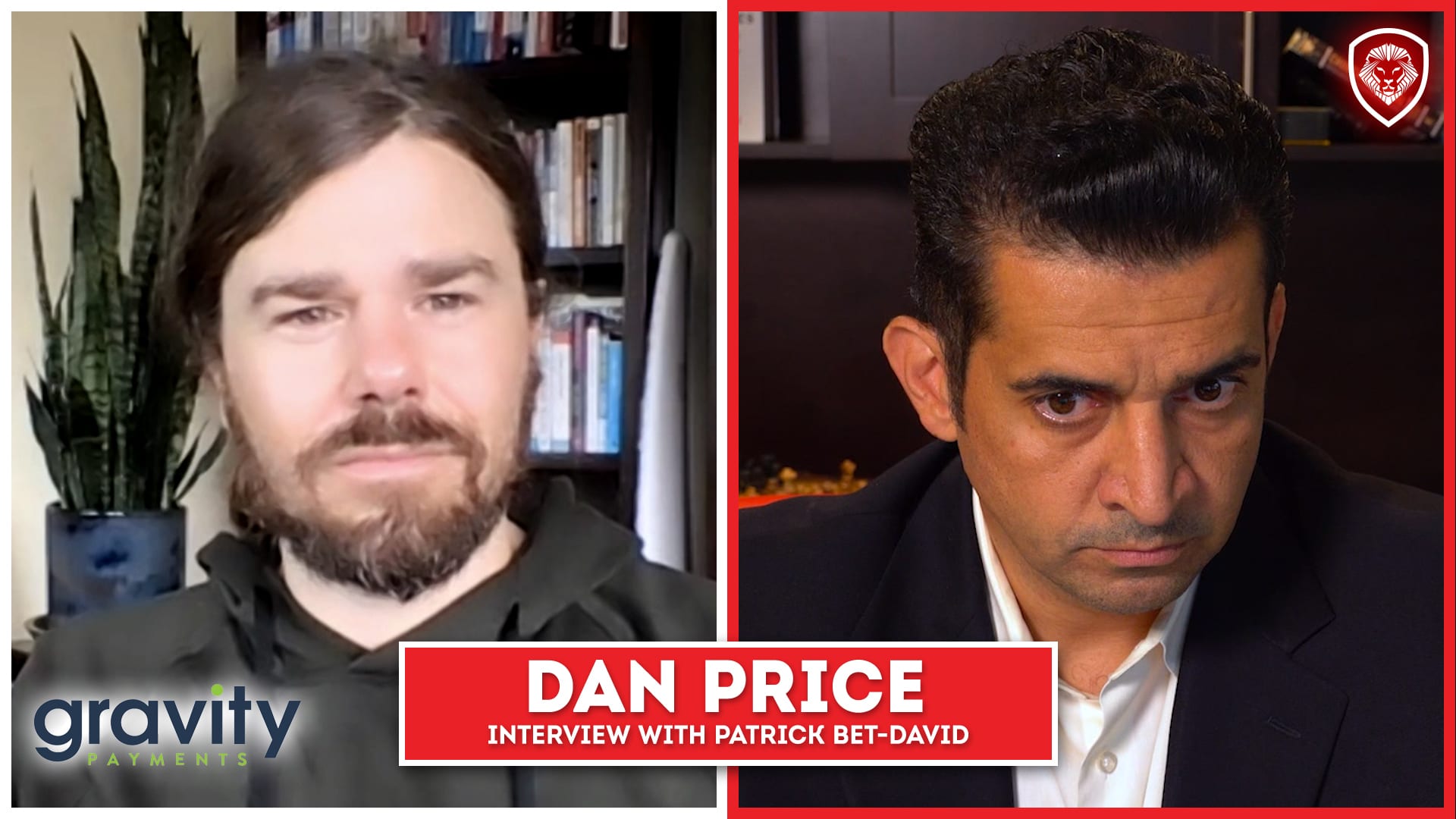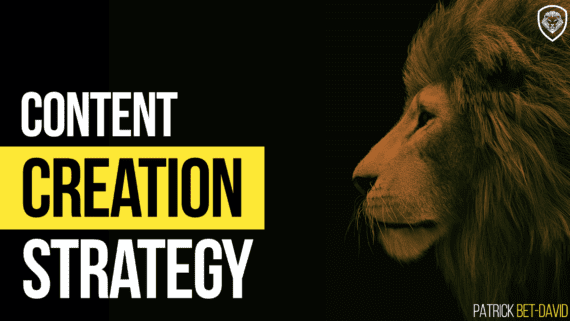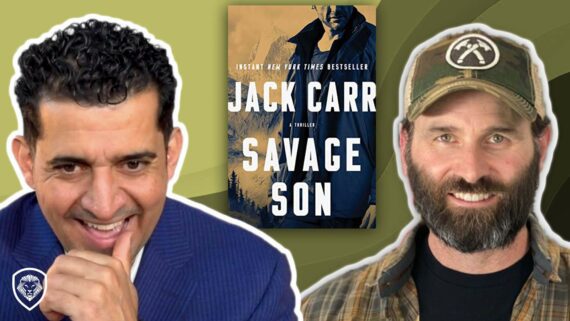It’s always educational to look at companies in transition and study why they do the things that they do. I was reading about AOL and the brand’s rocky path of a merger with and subsequent spin off from Time Warner. Then, AOL recently purchased the Huffington Post in an attempt to up its “coolness factor”. AOL seems to be struggling to rebrand an outdated name associated with the floppy disk era of computing. AOL’s story made me think about why companies go through the trouble of a name change, especially since it takes so much time and money to establish a brand name in the market. So I thought it would be interesting to take a look at why organizations change their names and the lessons we can learn from rebranding.
1. Went through bankruptcy
Many times if a company goes bankrupt they will choose to change the name and use their assets and infrastructure to restart as a new company. Whether the management learned from its mistakes will determine if the “new company” is a success or another failure. This
happens a lot with smaller companies and sometimes with unethical companies trying to hide who they are.
2. Terrible brand reputation
This is the “last-resort” reason that companies change their names. In today’s internet world, it almost never works. Your name and reputation follow you. So it ends up looking more like an admission to the world that your reputation stinks. Smart leaders in a company understand this and they will push for true company reform and not try a quick-fix, name-change scheme.
I have a ton of respect for the founders of Amway. They created a business opportunity that has produced thousands of successful entrepreneurs over the past 50 years. But some years back Amway North America changed its name to Quixtar in an effort to re-launch itself as an internet company and lose the stigma of Amway’s earlier years of door-to-door soap sales. The break from its well-known global brand caused a lot of problems and the name Amway was reinstated a decade later. A company like Primerica never changed their name even though there were some bad rumors out there about them. Primerica showed class by coming out and producing a video about the issue. I love to see companies stand up for themselves, even if they’re a competitor of ours.
3. Mergers and acquisitions
Kinkos becoming FedEx, AT&T buying Cingular, Washington Mutual merging with Chase … there are many examples of mergers and acquisitions. Consumers understand the reasons behind this kind of name change. Regardless, some people have a close connection to a brand and those customers can be lost in a merger. Nextel used to have a loyal customer base in certain industries and they lost a lot of that in the merger with Sprint.
4. Different countries.
Sometimes a company will adopt a different name in different companies, often time for language or cultural reasons. Although successfully branded as Nissan throughout other parts of the world, Nissan products went under the name Datsun in the U.S. until 1981. The Nissan brand was used by the company when it was a major military manufacturer in WWII and therefore the name produced a negative response in the United States As risk of this resentment faded, however, the company’s desire for a singular global brand took over and the Datsun name was phased out.
5. Change of ownership
A new owner sometimes wants a new name. That’s understandable. If the acquired
brand has a good reputation, the name change might take place over time. When
Lenovo bought IBM’s PC division the Think Pad was a well-respected brand. Lenovo
spent two years rebranding from Think Pad to just Lenovo.
6. The product became bigger than the company name
In 1906, a company named Haloidstarted developing a photocopying machine based on a technique called xerography or “Xeroxing”. They designed a machine called the Xerox 914
copy machine and it became a best seller. The brand Xerox became more well-known than Haloid, so in 1961, Haloid changed its name to Xerox. Consumers loved it, because Xerox had a reputable and innovative brand reputation.
7. To shorten the name for marketing
Most people are familiar with the consumer electronics brand LG. When the LG brand first hit U.S. stores a lot of people thought it was a new company. But in reality, LG had been going strong as Lucky and Goldstar since 1947 in South Korea. When the company
expanded, they shortened their name to LG and created the tag line “Life’s Good” so the brand would have a more Western-friendly sound to it.
8. Consolidating several companies under one.
Many times a large corporation will take several of its small companies and consolidate them under the one with the best reputation. This happens all the time in the financial services industry. Large corporations look to their companies that create the least amount of headaches and the highest amount of returns. They’ll take the brands that can’t stand on their own name and put them under a company that is doing well. The smaller company is then subject to the new management. This is often something that happens as part of company restructuring or in a bid to sell.
Looking at what companies go through to protect or distance themselves from their brand shows us how important it is to take care of the reputation attached to our name, as company or as an individual. Your name can be a badge of honor or a haunting shadow.







